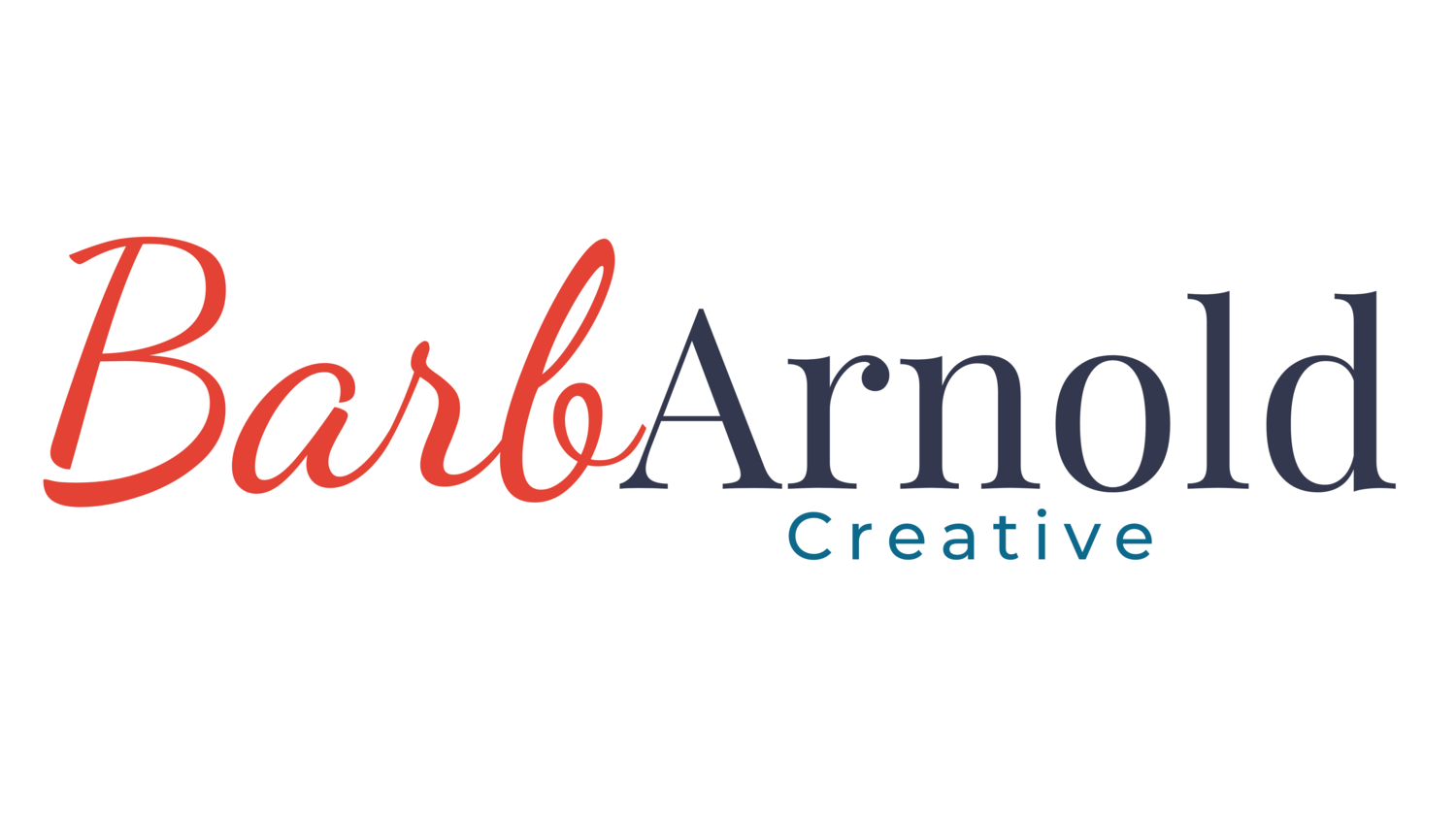How to address employment gaps on your resume
Learn how to address employment gaps on your resume.
Navigating the job market can be challenging, especially when your resume includes employment gaps. Whether due to personal reasons, further education, or health issues, gaps in employment history can concern potential employers. Addressing these gaps effectively is crucial to presenting yourself as a competent and reliable candidate. Here’s a comprehensive guide on how to handle employment gaps on your resume.
1. Be honest and transparent. Honesty is important when dealing with employment gaps. Attempting to hide gaps can lead to suspicion and distrust. Instead, be upfront about your time off. Briefly explain the reason for the gap in your cover letter or during the interview, but ensure your explanation is concise and professional.
2. Use a functional resume format. Consider using a functional resume format, which focuses on skills and experiences rather than chronological work history. This format allows you to highlight your competencies and achievements, making employment gaps less noticeable. A functional resume typically includes sections such as:
Summary of qualifications: A brief overview of your skills and experiences.
Skills: Highlight your relevant skills with specific examples of how you’ve applied them.
Work experience: List your work history, but focus on roles that are most relevant to the job you're applying for.
Education and certifications: Detail your educational background and any relevant certifications.
3. Address gaps directly. If the gap is significant and recent, address it directly within your resume. You can include a brief note in your work history section.
4. Highlight productive activities. Show that you used your time off productively. Include any volunteer work, freelance projects, part-time jobs, or courses you completed during the gap. This demonstrates that you remained proactive and continued to develop your skills.
5. Focus on achievements and skills. Employers are more interested in your skills and achievements than the exact dates of your employment. Emphasize your accomplishments in previous roles and how they relate to the job you're applying for. Use quantifiable metrics to showcase your impact, for example:
Increased sales by 30% by developing a new marketing strategy.
Reduced customer service response time by 50% by implementing a new ticketing system.
6. Customize your resume for each job application. Tailor your resume to the specific job you’re applying for. Highlight the most relevant experiences and skills that match the job description. Customizing your resume shows that you’ve put thought into your application and are genuinely interested in the position.
7. Prepare a strong cover letter. Your cover letter is an excellent opportunity to explain your employment gaps in more detail. Address the gaps positively, focusing on what you learned or how you grew during that time. Keep your explanation brief and move on to highlight your enthusiasm for the role and what you bring to the table.
8. Practice your explanation. Be prepared to discuss your employment gaps during interviews. Practice your explanation so that you can discuss it confidently and succinctly. Focus on the positive aspects of the gap and how it has prepared you for the role you’re applying for.
9. Seek professional help. If you’re struggling to address employment gaps on your resume, consider seeking help from a professional resume writer or career coach. They can provide personalized advice and help you present your work history in the best possible light.
10. Stay positive and confident. Maintain a positive and confident attitude. Employment gaps are common, and many employers are understanding, especially in light of recent global events. Focus on your strengths and what you can offer to the company.
Addressing employment gaps on your resume can seem daunting, but with the right approach, you can turn potential red flags into positive talking points. Be honest, focus on your skills and achievements, and use your cover letter and interviews to provide context. By doing so, you can present yourself as a strong candidate ready to contribute to your next role.

